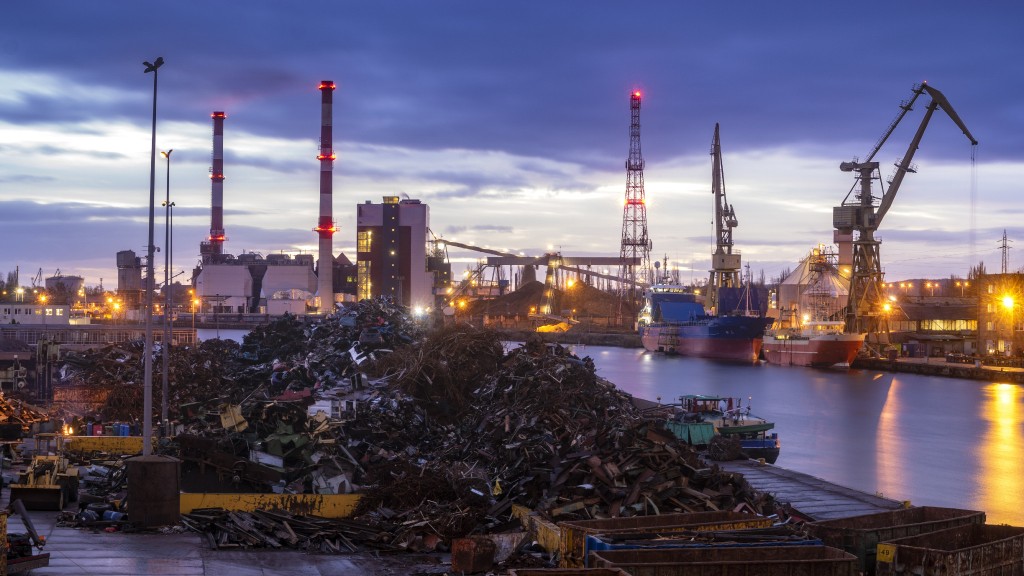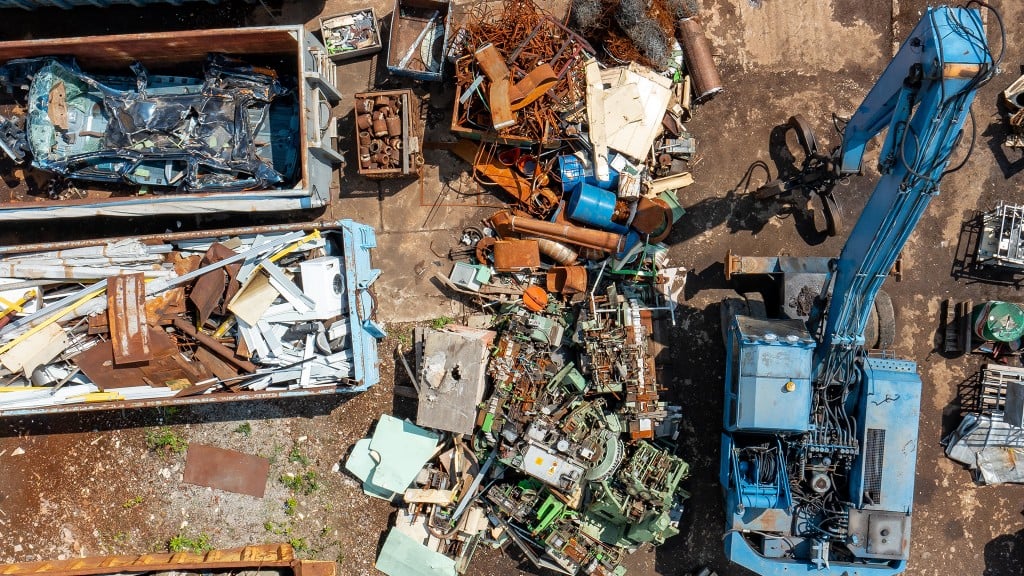Letter from the Editor: Curb metal theft through collaboration

A reader in the oil and gas industry recently contacted me regarding rampant metal theft from their job site and attached photos of other local facilities which had quite literally been torn to shreds by thieves looking for metal to scrap. These repairs often land on the shoulders of businesses and taxpayers, and, as this reader pointed out, even if the thieves are prosecuted, their punishment is usually minimal.
Metal theft is an incredibly common problem with far-reaching consequences: it impacts businesses and communities and undermines legitimate recycling practices. The damage and vandalism caused during theft further compound the issue, while the stolen materials represent lost revenue for legitimate recyclers.
One of the primary concerns surrounding metal theft is the disruption it causes to infrastructure, such as the theft of copper wiring from electrical grids leading to power outages, or stolen metals from construction sites delaying critical projects. In February of this year, thieves made headlines when they stole metal from a railway in Germany, causing the cancellation of both domestic and international trains due to missing materials. According to the national railway company in Germany, it spent over 6.5 million euros on repairs caused by copper thieves in 2022 alone, with stolen materials causing almost 2,700 delays.
Efforts to combat metal theft have been ongoing, with recycling facilities, scrapyards, law enforcement agencies, and policymakers working to implement strategies that address this challenge. Legislation and regulation play an especially crucial role in combatting metal theft: governments can enact laws that regulate the sale and purchase of scrap metals, require proper documentation for transactions, and impose penalties for illegal activities, making it harder for thieves to profit from stolen metals.
For sites with large quantities of metals, the Canadian Association of Recycling Industries (CARI) notes that deterring theft should be the first line of defence, since protecting property is generally far cheaper than repairing damage or replacing stolen materials. While locking up materials and installing video surveillance and alarm systems are the most common solutions, marking your materials can be a useful deterrent as well. Implementing access controls and training employees to identify and report suspicious activities are also effective.
Several years ago, CARI - with the support of ISRI - established www.ScrapTheftAlert.com, a bulletin alert system that aims to combat theft across Canada and the U.S. The alerts posted on the site cross regions, increasing the chance of recovering material and identifying thieves, while also placing responsibility on recyclers to be vigilant. Blockchain-based systems, GPS-enabled tags, and digital inventory management platforms can also provide real-time insight into the movement of metals, enhancing traceability and accountability within the supply chain.
Despite the challenges posed by metal theft, progress is slowly but surely being made, although there is no one-size-fits-all solution. Vigilance and adaptation are still necessary to combat theft, and the industry needs to continue advocating for measures that safeguard our resources, protect our communities, and uphold the integrity of the recycling sector.


